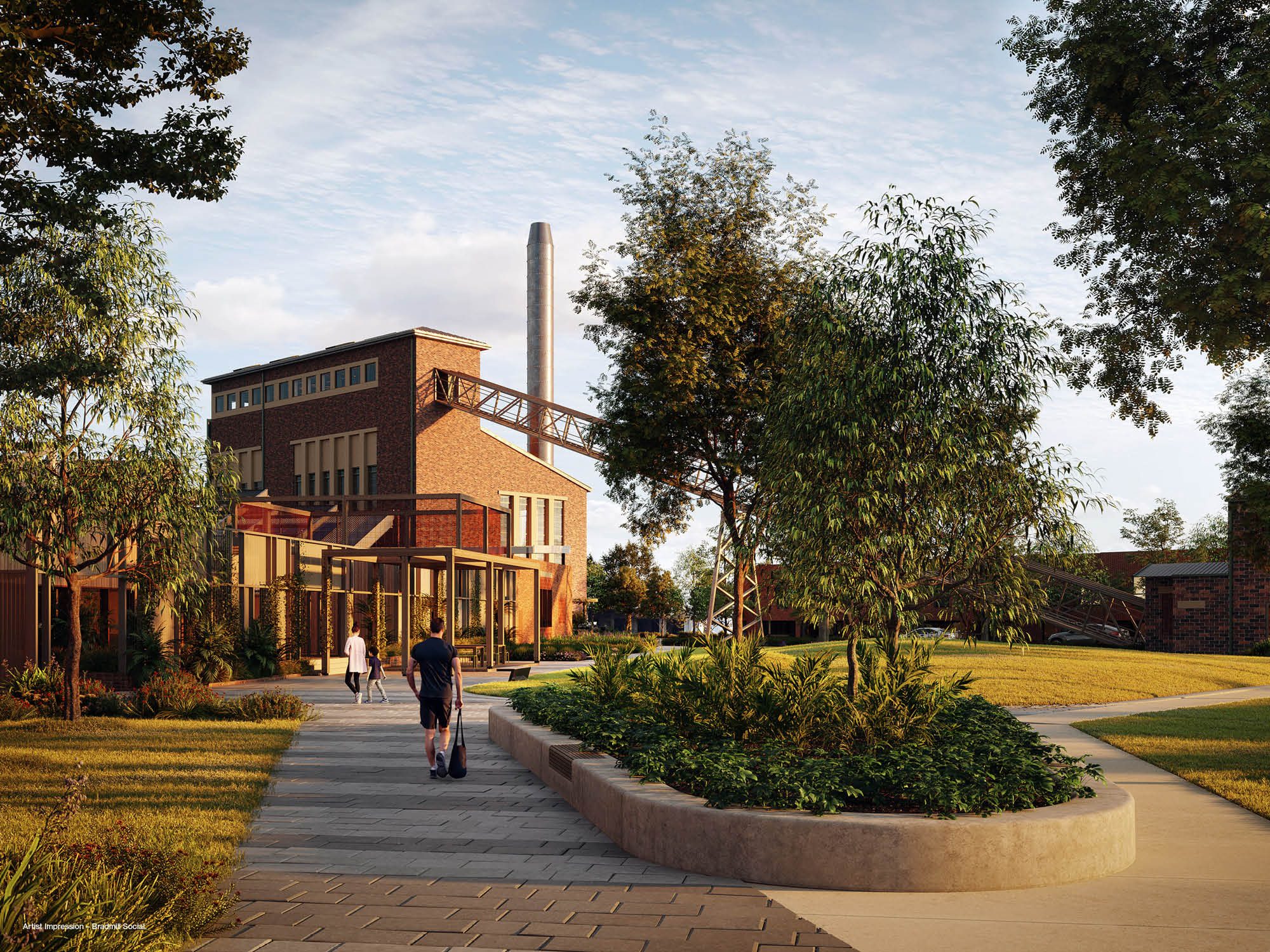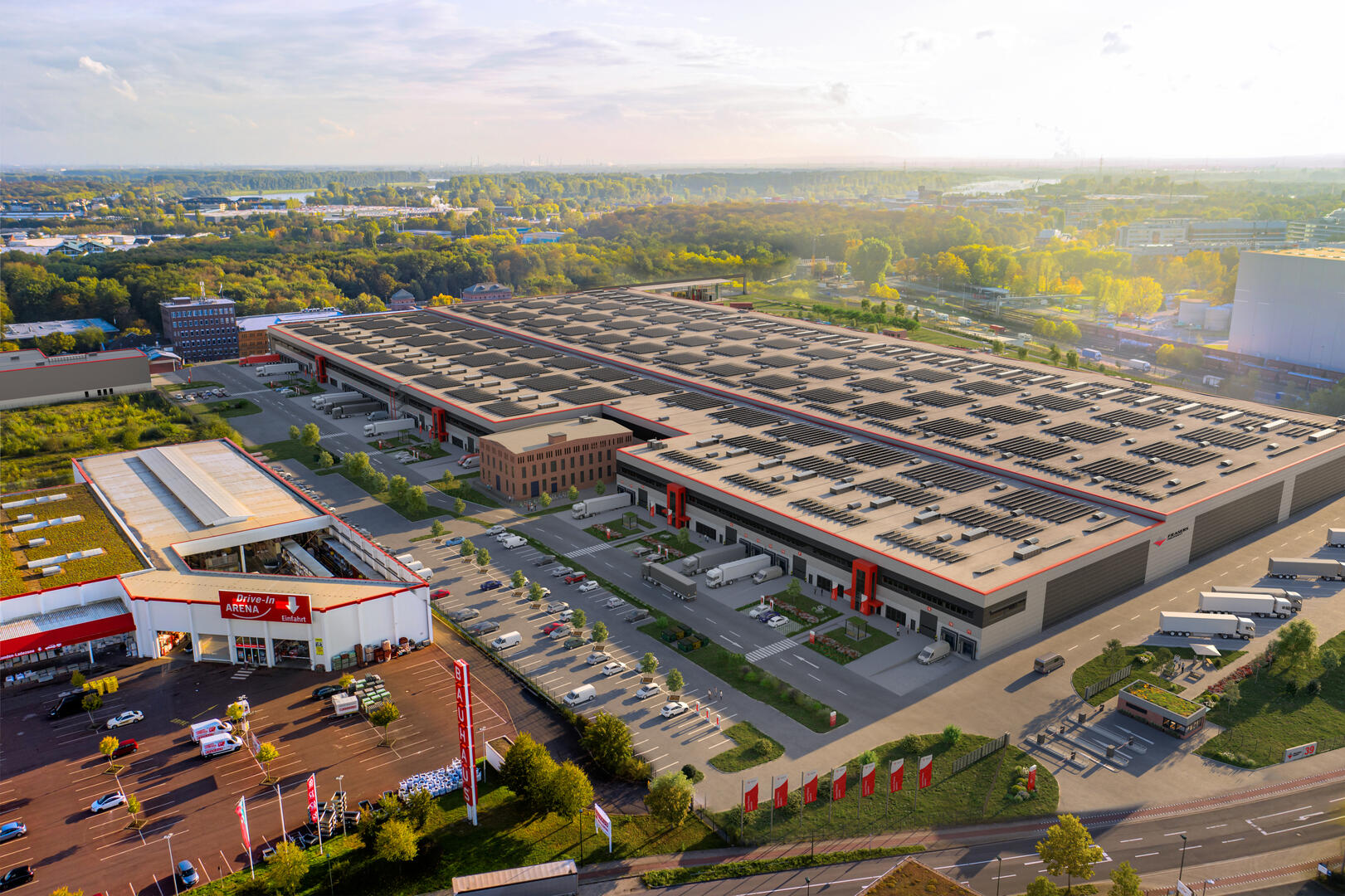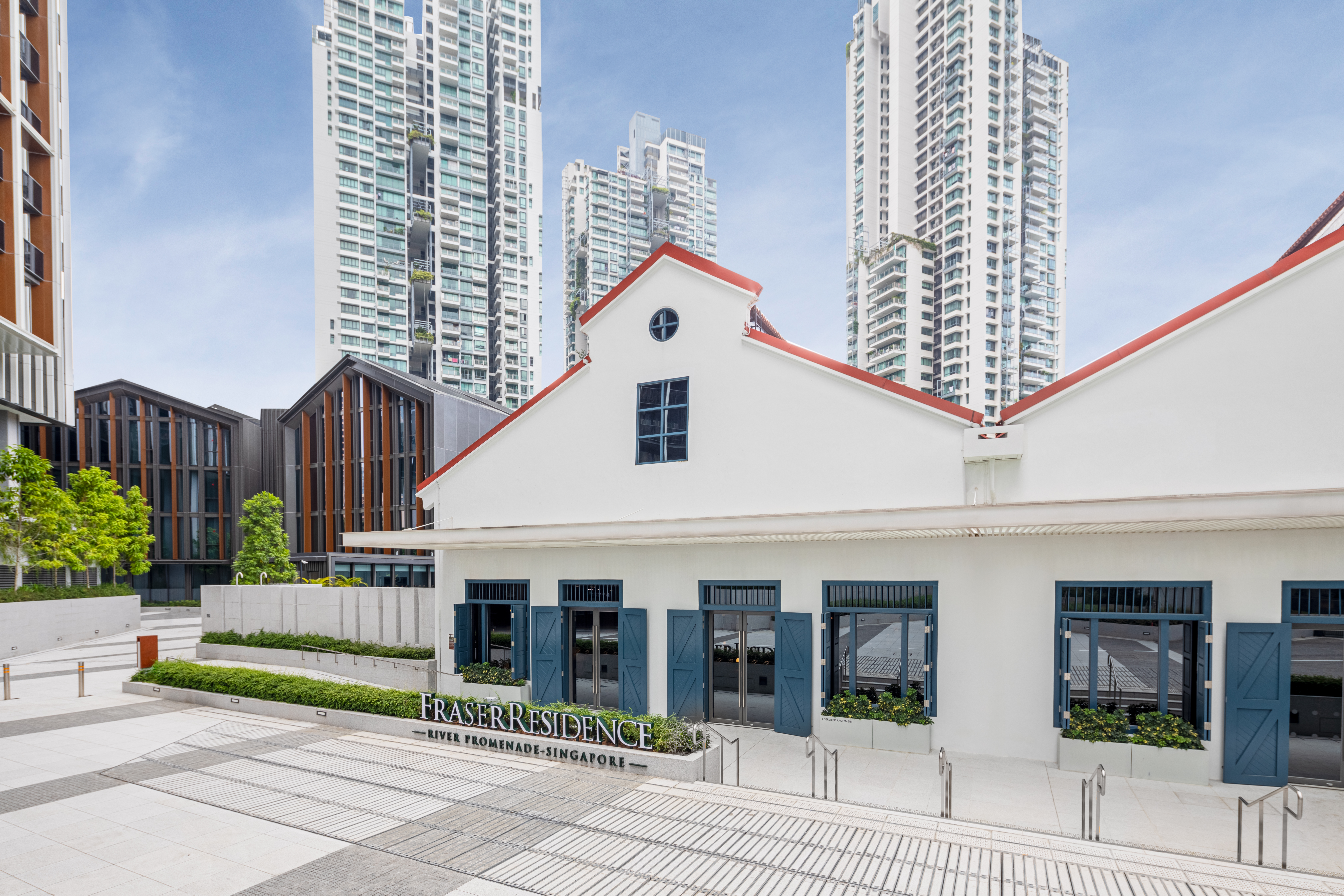24 Feb 2025
Built with Purpose: Connecting places to local heritage
With its mouth open in an unending roar, the iconic ‘Rampant Lion’ of the Fraser and Neave (F&N) emblem sits prominently at the headquarters of Frasers Property at Alexandra Point, Singapore.
Previously from F&N’s Anson Road factory, the emblem found its new home at Alexandra Point in 2010. The piece was first created in the 1930s by famed Italian sculptor Rodolfo Nolli, and represents an important part of our history as a company and in the Alexandra precinct.

While our roots are in Singapore, Frasers Property has evolved over the decades into a multinational real estate investor, developer and manager. This journey is marked by a sensitive and respectful approach to the local norms and histories of the regions where we operate.
There are features around many of our buildings and spaces across all our asset classes that reflect the histories of the area and their communities.
As real estate is a people-centred sector, we consider not only the communities – residents, visitors, businesses, and members of the public – where we operate but work to ensure that our buildings take into account the historical, cultural and economic identity of an area. This is in line with our Purpose – Inspiring experiences, creating places for good.
These considerations foster connections and belonging, building mutual trust and societal resilience – in support of social value creation.
To this end, we tap on public-private partnerships and our multinational multi-asset class experience to retain elements linking the site’s heritage for three of our recent developments in Australia, Germany and Singapore.
Bradmill Yarraville
Bradmill Yarraville's history is marked by industrial innovation and community spirit for Melbourne, Australia. Established in 1953, the area was once a thriving textile hub under Davies Coop, later becoming Bradmill in the 1960s.
Known for its high-quality denim production, Bradmill gained global recognition and played a significant role in Australia's textile industry. Its diverse workforce of more than 1,200 boasted over 30 nationalities. Despite Bradmill ceasing operations in 2007, it left a lasting and cherished community legacy.

Our redevelopment plans for Bradmill Yarraville reflect the site’s economic and cultural heritage, incorporating elements of its storied past. The landmark chimney and modern warehouses are preserved as symbols of the site's industrial prowess – elements of its industrial past retained within a new residential space.
We are creating a vibrant new community that draws inspiration from Bradmill's legacy of innovation and excellence. By fostering a sense of unity and inclusivity, we aim to continue the tradition of connecting people through shared experiences and a commitment to quality. This approach ensures that Bradmill Yarraville remains a cherished part of the local landscape, bridging its historical significance with future aspirations.
Bradmill Yarraville | Introducing the next chapter of Bradmill by Frasers Property
The Tube
The Tube in Düsseldorf, Germany is being developed on the historic site of the Vallourec Rohrwerke, a location with a rich industrial heritage spanning 120 years. This site was previously a hub of innovation and production, contributing significantly to the region's economy.
The site’s transformation into a state-of-the-art industrial and commercial park takes into consideration its historical significance. The new park will feature modern facilities catered to a variety of business needs while preserving elements of the original structures, including the magazine building.

Furthermore, the sustainable demolition process incorporated circular economy principles to minimise waste and maximise the reuse of materials. This commitment to sustainability is set to achieve a gold certification from the DGNB German Sustainable Building Council, marking an industry first for the demolition of an industrial site.
The Tube's strategic location and sustainable design make it an ideal space for businesses looking to thrive in a dynamic and historically rich setting.
The Power of Listening: The Tube, Düsseldorf, Germany
Rivière and Fraser Residence River Promenade
Rivière and Fraser Residence River Promenade are part of an integrated precinct by the Singapore River, which dates back to 1919 when the iconic warehouses were built to support the city’s bustling maritime trading node. These century-old warehouses at Jiak Kim Street were later home to the renowned Zouk nightclub for 25 years, hosting several international acts.
In 2023, we conserved and transformed these warehouses into a sophisticated lifestyle hub, seamlessly blending the past with modern luxury and elegance. They are also part of the integrated precinct which comprises our award-winning residential development Rivière, Fraser Residence River Promenade serviced apartment and a specially curated heritage trail.

The revitalisation of the warehouses involved a careful recovery of their historic architectural and spatial qualities. Conservation efforts included removing the mezzanine floor constructed in the 1990s to reclaim the original impressive interior volume, while meticulously restoring ornamental elements such as fluted pilasters and cornices. The V-profile clay-tiled roofs were also reinstated, complete with redesigned gutters and downpipes keeping with the building's century-old historical aesthetic.
Our design approach not only reflects the area’s industrial past and unique heritage with a contemporary twist, but also creates a natural connection between the river, residence and nature, offering a distinctive living experience. We also partnered the National Heritage Board to develop a heritage trail with information panels.
Efforts in preserving the site’s rich history and enhancing its appeal have earned us the prestigious 2024 Award for Conservation at the Urban Redevelopment Authority of Singapore Architectural Heritage Awards.
While the completed Rivière has been fully sold and residents have moved in, guests and visitors to the area can continue to enjoy the revitalised district and take in the rich heritage of the area at Fraser Residence River Promenade which we continue to manage.
Preserving heritage amid evolving needs
The needs of cities and their communities continue to evolve. Where older precincts are refreshed and rezoned, and buildings are revitalised, stakeholders across the property value chain continue to play a key role in shaping vibrant and resilient urban landscapes. However, redevelopments can deliver more to society by taking further efforts to preserve history, retaining and promoting the local area’s heritage to foster a sense of belonging and connectedness – places for good that elicit inspiring experiences.
